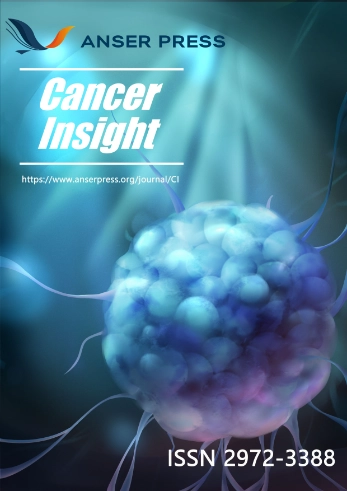Overcoming MTDH and MTDH-SND1 complex: driver and potential therapeutic target of cancer
Abstract
Metadherin (MTDH), also known as LYRIC or AEG-1, is an oncogene that enhances tumor progression, metastasis, drug resistance, and immune escape in various cancers by modulating multiple oncogenic pathways, including NF-κB, PI3K/AKT, Wnt/β-catenin, MAPK, and AMPK. Due to the unknown of the complete structure of MTDH, the deep mechanisms of MTDH and selective inhibitors targeting MTDH remain to be explored. The Protein-Protein interaction (PPI) with the Staphylococcal nuclease domain containing 1 (SND1) is a crucial mechanism underlying the function of MTDH. Current studies have demonstrated that inhibitors, including antisense oligonucleotides, peptides, and small molecules targeting MTDH or MTDH-SND1 interactions, provide novel strategies to inhibit the oncogenetic effects of MTDH. This review summarizes and discusses the structure, function, and regulation of MTDH in cancers, providing the potential therapeutic perspectives of MTDH or MTDH-SND1 PPI for drug discovery.
